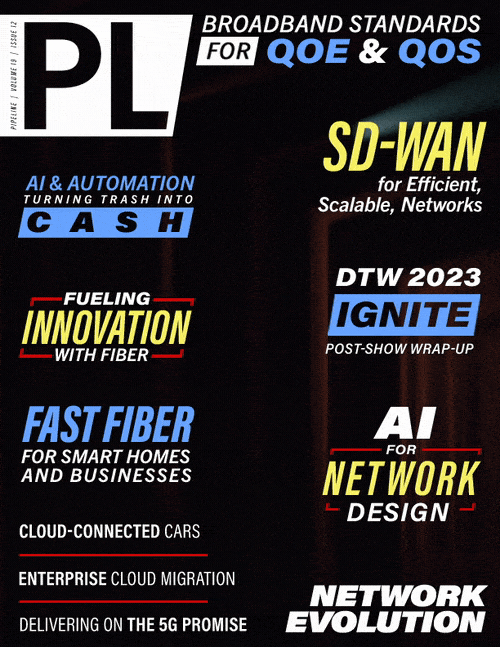The Future is Fiber Rich: How Fiber Optic
Networks Empower Innovation
By: Mike Underdown

If my personal opinion isn’t enough, then consider this: as of November 15, 2021, President Biden signed the Infrastructure Investment and Jobs Act into law, which includes an investment of $65 billion to help close the digital divide and ensure that all Americans have access to reliable, high speed, and affordable broadband. Currently, the National Telecommunications and Information Administration is allocating over $42.45 billion dollars in the form of grants to states for the BEAD program (Broadband Equity Access and Deployment Program); and the NTIA is beginning to distribute up to $1 billion dollars in middle mile funding to reduce the cost of bringing high-speed Internet to unserved and underserved communities. To put it in perspective, if you saved $100,000 per year, it would take you 650,000 years to save $65 billion.
With U.S. government programs providing funding for infrastructure development and next-generation technologies on the horizon, the time has come for us to embrace the potential of high-fiber count network deployments. This article sheds light on the indispensable need for open-access, high-capacity fiber optic networks.
The Transformational Power of AI
Over the past century, we have witnessed remarkable shifts in industries, moving from agriculture to industrialization and then into the age of information technology. Today, we find ourselves on the cusp of a new phase of industry characterized by artificial intelligence and machine learning. This transformative technology is poised to reshape the way we live, work, and interact with the world.
The success of AI hinges on the efficient processing and analysis of massive amounts of data. While a mere 56-kilobit circuit sufficed in the 1970s, the present-day landscape requires gigabit services to ensure seamless data processing. As the volume and complexity of data continue to grow, the reliability of the underlying network becomes non-negotiable. Unlike the 1970s when copper was the leading conductor of digital information, today it’s fiber, and more specifically dark fiber—optical fiber that has been laid but not yet lit, offering full control to the end-user with near limitless capabilities possible.
Redefining the Infrastructure Landscape
To support the unprecedented data demands of AI applications, the world needs much more robust and high-capacity network infrastructure. Not all fiber optic networks are created equal, and not every provider is equipped to meet the challenges posed by





















